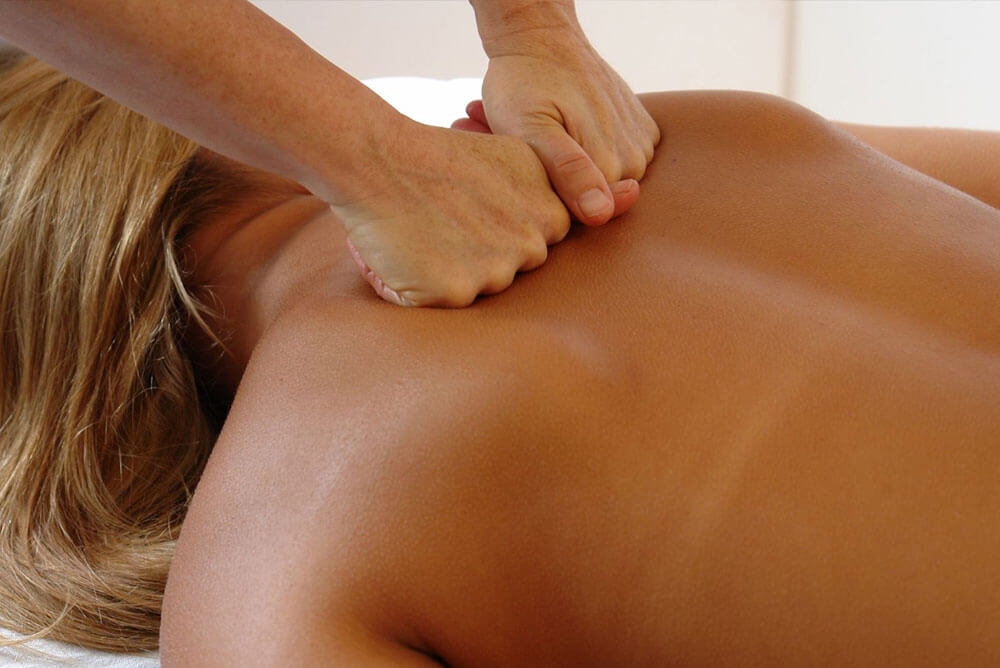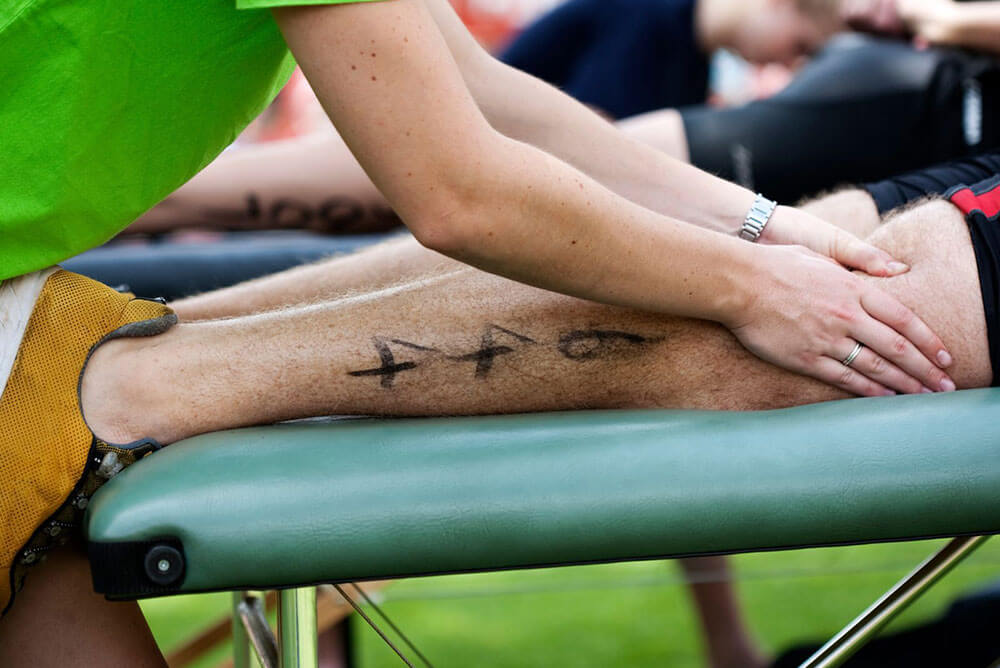Shockwave Therapy
What can Shockwave Therapy help with?
The shock waves stimulate the body’s natural healing process by increasing blood flow and promoting tissue regeneration. rESWT is usually performed as an outpatient procedure and has a low risk of side effects.
The success rate of rESWT depends on various factors, such as the type and severity of the condition being treated, the patient’s age and overall health, and the number of sessions received. Studies have shown that rESWT can have a success rate of up to 80% in treating conditions such as plantar fasciitis and Achilles tendinopathy. However, the success rate can vary, and some patients may require additional treatments to achieve optimal results.
It is important to consult with your therapist to determine if rESWT is an appropriate treatment option and to discuss expected outcomes and potential risks.
- Quick pain relief
- Improved mobility
- Faster Healing
- Versatile



Shockwave treatments
Shockwave therapy uses a specialist device to deliver acoustic energy through the skin to the injured part of the body. The shockwaves are mechanical and not electric. They are audible, low-energy sound waves, which increase the blood flow to the injured area.
Shockwave therapy has two main modes of action which will help with persistent tendon pain. First the shockwaves work to desensitise nerve endings which will often give an immediate reduction in pain. Secondly, and often most importantly, the shockwaves cause controlled micro-trauma (microscopic damage) to the tissues which encourages the body to respond by increasing the blood circulation and metabolism in the affected area. This will activate and accelerate the body’s own healing response. The shockwaves can also ‘breakdown’ disorganised tissue and calcifications.
Treatments usually last around 15 minutes but may be longer depending on treatment required to surrounding soft tissues. At Everyday Performance Therapy we will always work on areas affecting the injured site alongside the application of shockwave therapy to the affected area.


Outcomes
The full benefits of shockwave therapy may not be noticeable until several weeks after treatment as the body continues to heal and regenerate.
If you are uncertain if shockwave therapy is the right path for you, please contact us and speak with a qualified therapist to discuss your specific needs and goals.
FAQs
What is Shockwave Therapy and what does it treat?
Radial shockwave therapy is a non-invasive treatment that uses high-energy acoustic waves to stimulate healing and regeneration in damaged or injured tissues. It can be used to treat a variety of musculoskeletal conditions, including:
- Plantar fasciitis
- Achilles tendonitis
- Tennis elbow
- Golfers elbow
- Rotator cuff tendonitis
- Hip bursitis
- Patellar tendinopathy
- Shin splints
- Trigger points
- Chronic neck and back pain
- Scar tissue
Radial shockwave therapy can help reduce pain, improve mobility and range of motion, and promote tissue healing and regeneration. It works by stimulating the body’s natural healing response, increasing blood flow and oxygen to the affected area, and breaking down scar tissue.
How does Shockwave Therapy work?
The sound waves promote the formation of new blood vessels and tissue cells, which can help reduce pain and inflammation.
Is Shockwave Therapy painful?
Some patients may experience mild discomfort or a tingling sensation during the treatment
How many sessions of Shockwave Therapy do I need?
Typically, patients receive between 3-6 sessions of shockwave therapy, with each session lasting between 15-30 minutes.
What should I Wear?
